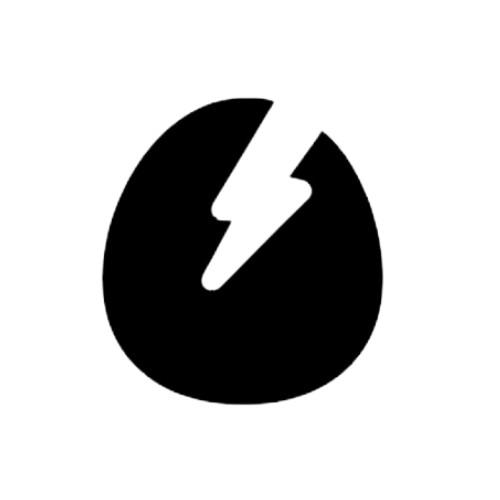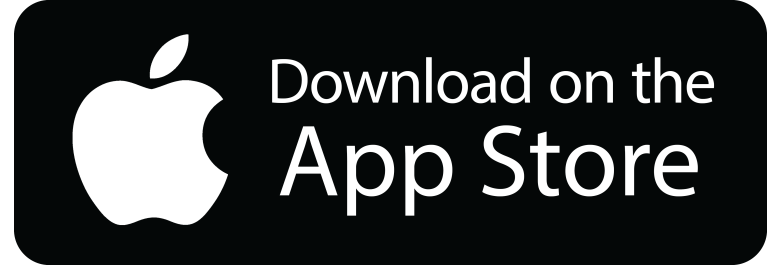This is the power of graphs and data. By
visualising information, we can turn raw numbers into a compelling story that
captures our audience's attention and emotions. Whether you're trying to
persuade investors, make business decisions, or communicate with customers,
telling a story with data helps you make a stronger case.
But it's not just about making things look pretty. Data and graphs also help in focusing attention without using much conscious effort. Our brains are wired to process visual information faster than text, so using graphs can help us absorb information more efficiently. And when you add annotations or labels to your graphs, you can guide your audience's attention to the most important points. However, it's important to keep in mind that less is often more when it comes to data visualisation.
When using charts, it's good to use annotations to guide the audience and to never emphasise too many elements in the same chart. One chart = one story! Be clear and concise, focus on the most important point, and avoid overwhelming your audience.
So, what strategies can you use to make your data more compelling and engaging? Here are a few tips:
1. Tell a story:
Use data to tell a story that captures your audience's attention and imagination. Make sure to connect the data points with a narrative that makes sense and resonates with your audience.
2. Use real-life examples:
Incorporate real-life examples that your audience can relate to. This helps to make the data more tangible and understandable.
3. Use visuals:
Visuals such as charts, graphs, and images can make data more compelling and memorable. Make sure to choose visuals that are relevant and easy to understand.
4. Be transparent:
Be transparent about the data sources, methodologies, and assumptions used in your analysis. This helps to build trust with your audience and adds credibility to your presentation.
5. Use humour:
Humour can be a great way to engage your audience and make your data more memorable. Just make sure to use humour appropriately and in a way that's relevant to your audience.
6. Keep it simple:
Avoid using overly complex graphs or charts that are difficult to understand. Instead, focus on simple, clear visuals that communicate your message effectively.
7. Use annotations:
When using charts, use annotations to guide your audience's attention to the most important points. This helps to keep your audience focused and engaged.
8. One chart = one story:
Don't try to cram too much information into a single graph or chart. Stick to one message per chart to avoid overwhelming your audience.
9. Focus on the most important point:
Be clear and concise, and focus on the most important point you want to convey. This helps to keep your message simple and easy to understand.
10. Practice, practice, practice:
Like any skill, using graphs and data effectively takes practice. Experiment with different types of visuals and messages to find what works best for you.
At Creo, we understand the importance of data visualisation. That's why we've designed our courses to use visualised data, graphs, and interactions. Our goal is to help our students learn how to be entrepreneurial and develop their interpersonal skills.
In conclusion, graphs and data are essential tools for anyone who wants to communicate information effectively. By using data to tell stories, we can engage our audience's emotions, capture their attention, and make a strong case for our ideas. So, the next time you have a message to communicate, think about how you can visualise your data to make it more compelling and engaging. The results may surprise you.
But it's not just about making things look pretty. Data and graphs also help in focusing attention without using much conscious effort. Our brains are wired to process visual information faster than text, so using graphs can help us absorb information more efficiently. And when you add annotations or labels to your graphs, you can guide your audience's attention to the most important points. However, it's important to keep in mind that less is often more when it comes to data visualisation.
When using charts, it's good to use annotations to guide the audience and to never emphasise too many elements in the same chart. One chart = one story! Be clear and concise, focus on the most important point, and avoid overwhelming your audience.
So, what strategies can you use to make your data more compelling and engaging? Here are a few tips:
1. Tell a story:
Use data to tell a story that captures your audience's attention and imagination. Make sure to connect the data points with a narrative that makes sense and resonates with your audience.
2. Use real-life examples:
Incorporate real-life examples that your audience can relate to. This helps to make the data more tangible and understandable.
3. Use visuals:
Visuals such as charts, graphs, and images can make data more compelling and memorable. Make sure to choose visuals that are relevant and easy to understand.
4. Be transparent:
Be transparent about the data sources, methodologies, and assumptions used in your analysis. This helps to build trust with your audience and adds credibility to your presentation.
5. Use humour:
Humour can be a great way to engage your audience and make your data more memorable. Just make sure to use humour appropriately and in a way that's relevant to your audience.
6. Keep it simple:
Avoid using overly complex graphs or charts that are difficult to understand. Instead, focus on simple, clear visuals that communicate your message effectively.
7. Use annotations:
When using charts, use annotations to guide your audience's attention to the most important points. This helps to keep your audience focused and engaged.
8. One chart = one story:
Don't try to cram too much information into a single graph or chart. Stick to one message per chart to avoid overwhelming your audience.
9. Focus on the most important point:
Be clear and concise, and focus on the most important point you want to convey. This helps to keep your message simple and easy to understand.
10. Practice, practice, practice:
Like any skill, using graphs and data effectively takes practice. Experiment with different types of visuals and messages to find what works best for you.
At Creo, we understand the importance of data visualisation. That's why we've designed our courses to use visualised data, graphs, and interactions. Our goal is to help our students learn how to be entrepreneurial and develop their interpersonal skills.
In conclusion, graphs and data are essential tools for anyone who wants to communicate information effectively. By using data to tell stories, we can engage our audience's emotions, capture their attention, and make a strong case for our ideas. So, the next time you have a message to communicate, think about how you can visualise your data to make it more compelling and engaging. The results may surprise you.
Write your awesome label here.
Never miss our news!
Thank you!
Get updates on live streams, news and more right in your mailbox.



